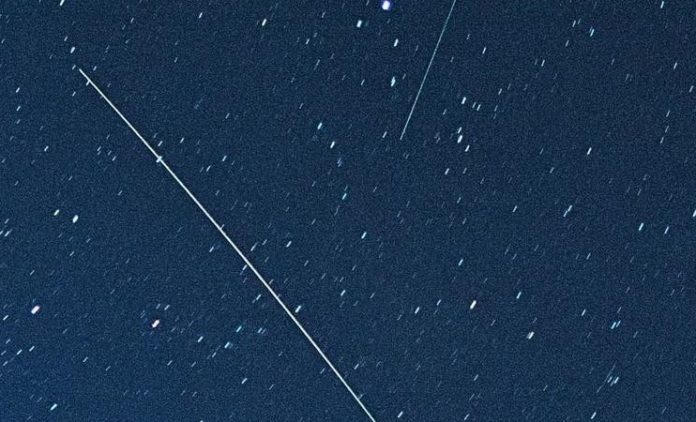The sky is about to be lit up by the Quadrantids meteor shower, as bright celestial fireworks streak across the sky.
The shower is the first such spectacular of the year, and should be visible all through the night.
As always on the Lower Mainland, clear skies will be necessary for optimal viewing of the event, which can produce as many as 120 meteor sightings per hour.
The “falling stars”—in actuality, tiny pieces of dust and rock that burn up as they course through our atmosphere at 41 kilometres per second—are thought to result from our planet orbiting through a trail of debris left by the passage of asteroid 2003 EH1 around our sun. (Most meteors visible from Earth are the result of incinerated sand-grain-sized specks of detritus cast off by icy comets—sometimes characterized as “dirty snowballs”—on their periodic orbits around the sun, as opposed to such rocky bodies as asteroids.)
This year, there will be no bright moon to outshine the fainter meteor blazes, so sky watchers will have to put their faith in clearing weather, as rain is predicted for Friday (January 3) night and Saturday morning.
Viewers in northern or mid-northern latitudes normally get the best results for this shower, whose “radiant point” (the point in the sky from which the meteors appear to originate) will appear high in the north sky well after midnight, just below the well-known Big Dipper formation of stars within the constellation Ursa Major.
The peak of this shower is notoriously difficult to predict, but experts are saying that the predawn hours Saturday morning offer the best chance.















